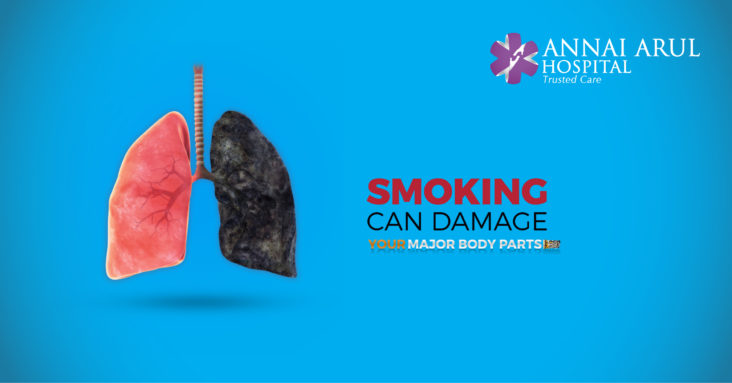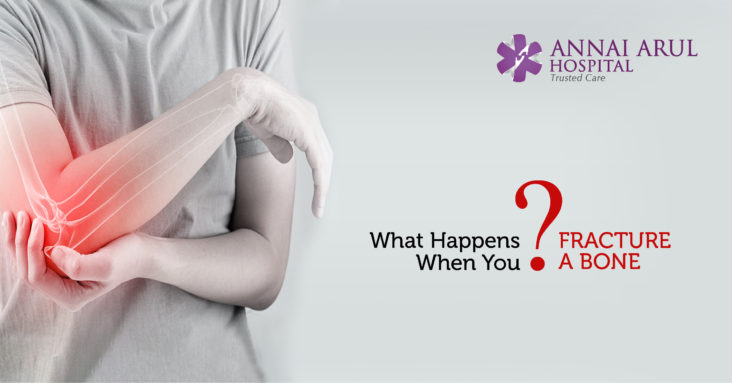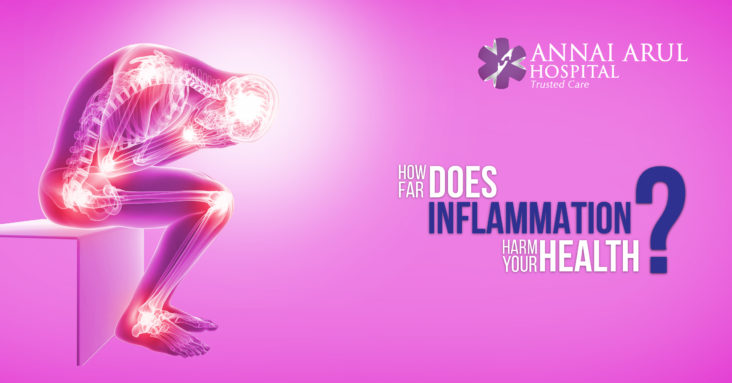One of the most critical body part in a diabetes patient can be the extremities, especially the foot. Diabetes can cause poor blood flow to your feet. If your sugar is not well controlled, you can also lose the sensation in your feet. When this happens small cuts or sores don’t heal and they start taking longer to recover.
Germs or fungus gets into small cuts or cracks and causes infection. If you think that you have some sort of infection on your foot, immediately consult your doctor and do not undertake self cure. Early treatment can prevent the infection from spreading and helps in avoiding bigger complications like foot amputation etc.
The best precaution is to check blood sugar at least twice a day and keep it within normal range through life style adaptations including proper diet. The net thing is the keep the feet clean, healthy and free of infection. For this examine the feet every day, clean it well with lukewarm water before going to bed and apply some moisturisers if the foot is getting dry. Dryness causes all those cracks and sores to appear on the foot. Check the foot for any injuries and avoid walking without footwear even inside the house. Take care of small cuts, corns, calluses, blisters or injuries immediately in consultation with a doctor.
Daily Foot Inspection and Upkeep
Wash and dry feet daily
You can use a mild soap and warm water to clean the feet. Pat dry the foot and do not rub. Thoroughly dry your feet. Then apply a lotion or moisturiser to prevent cracking. Do not apply inbetween the toes.
Check your feet daily
Actually checking your own feet is not such a big task as most diabetic patients make it out unless you are so old or injured that you cannot bend down. Otherwise check carefully at the top and bottom of your feet. If you cannot do it properly then have someone do it for you. Check the feet for dry, cracked skin, blisters, cuts, scratches, sores, redness, increased warmth, tenderness, ingrown toenails, corns or calluses. After properly cleaning and applying the lotion put a bandage over cuts and sores and wear a socks over it. Consult your doctor as soon as possible.
Take care of toe nails
Always cut your toenails after a bath, when it is soft. Trim them straight across, then smooth the corners with a nail file. Avoid cutting around the corners of the toes. Take care not to cut off the cuticles.
Never go barefoot
Search for a perfect pair of footwear and use it regularly when you go out and keep another pair for use inside the house. Wear footwear that will protect your feet from harsh weather like heat and cold. Change your socks daily and let it be cotton, wool or cotton-wool. Check your shoes for foreigh bodies inside or rough edges that can injure your foot. Wear special diabetic shoes if doctor recommends it.
Deal with Cuts, Bumps, Sores and Burns
Take immediate notice of and medical treatment for even minor foot problems. Follow the doctors prescription or instruction and first aid guidelines. Don’t self treat your corns, calluses or other foot problems. Check the water temperature with the elbow not your foot or hand. Don’t use heating pads on your feet and try not to cross the feet while sitting. This is for better blood flow and preventing any foot problem later.






